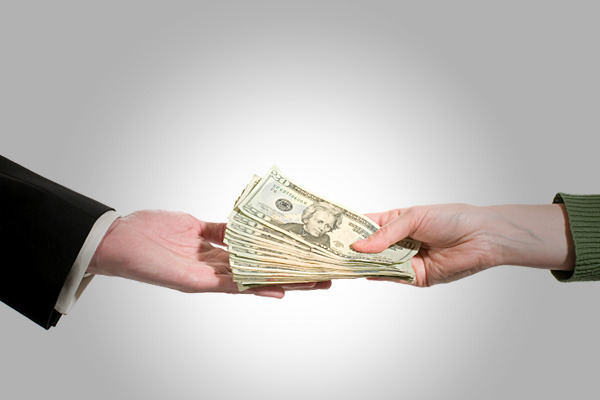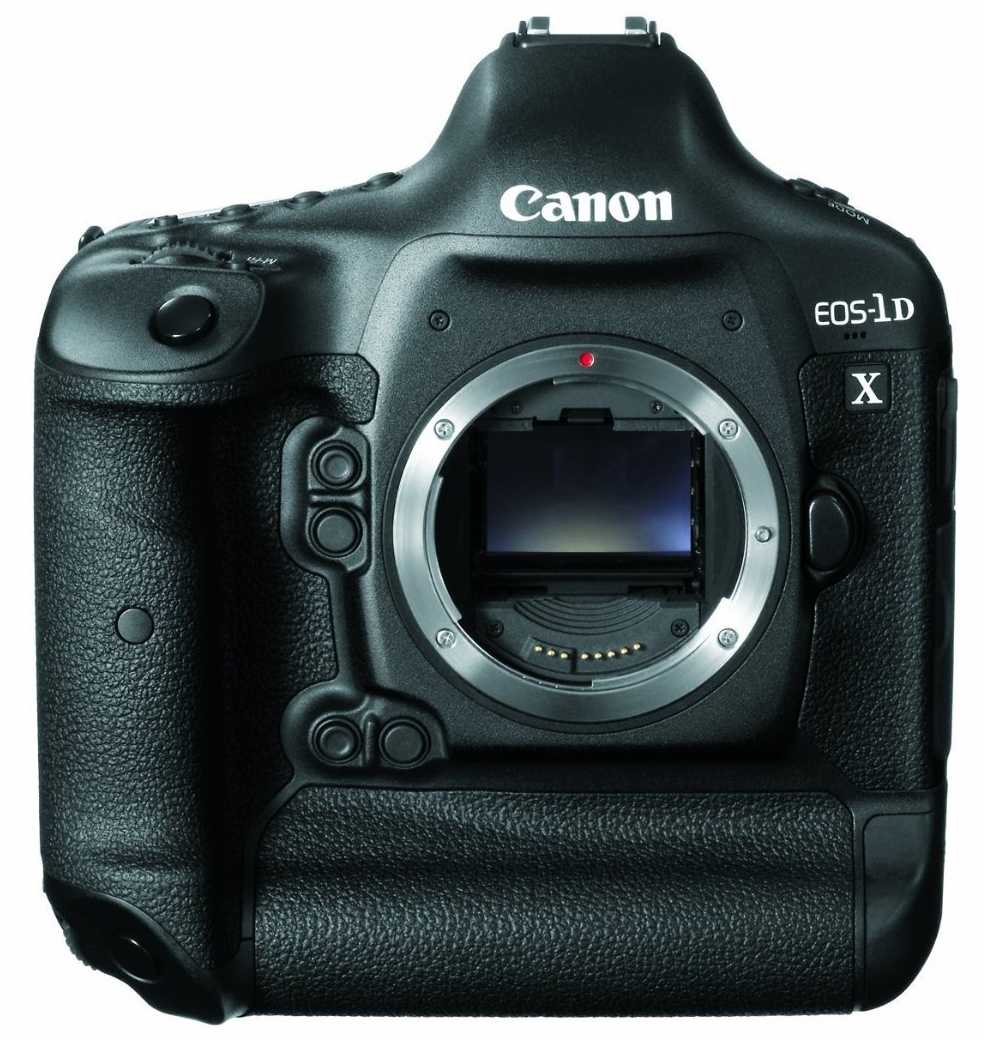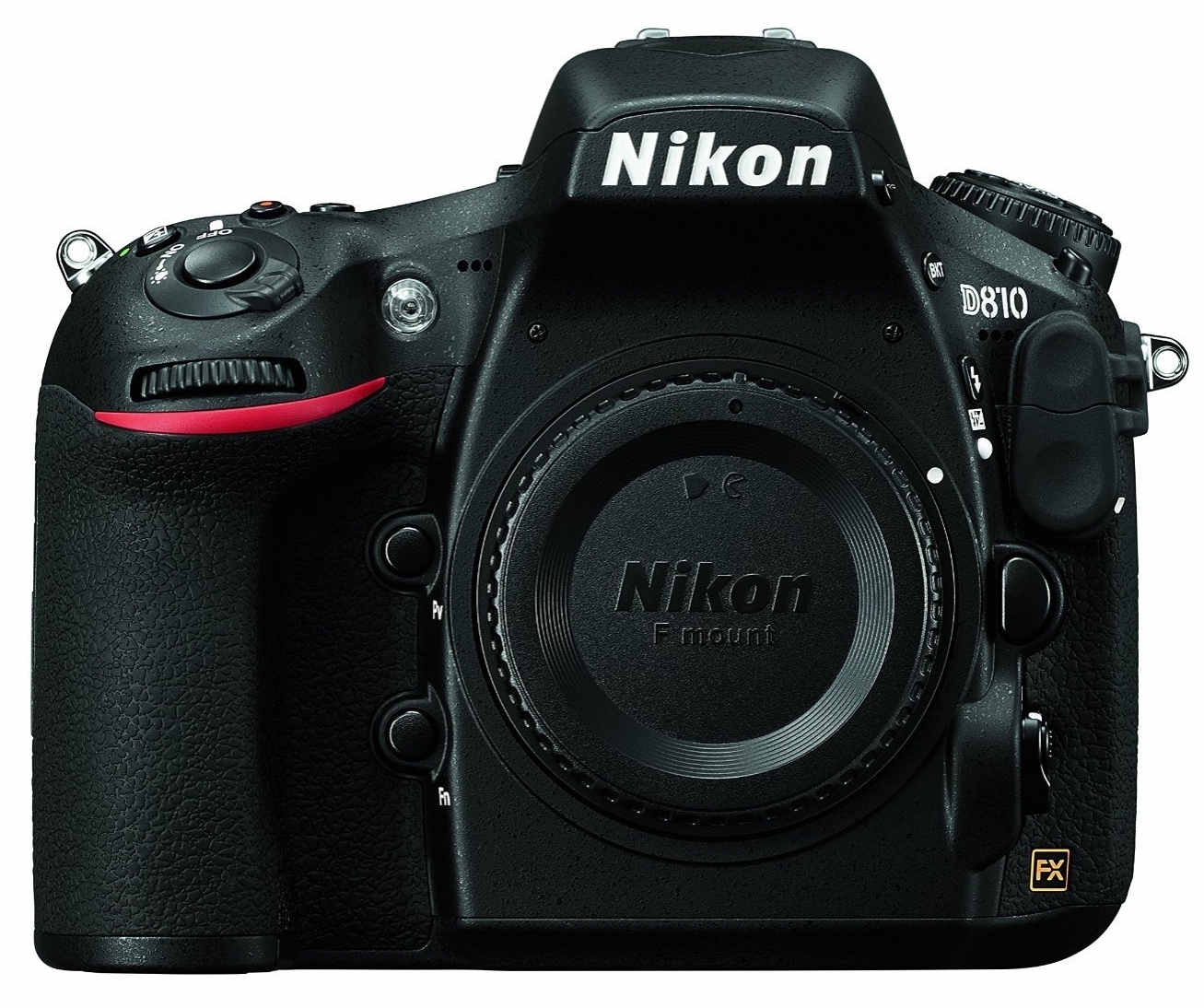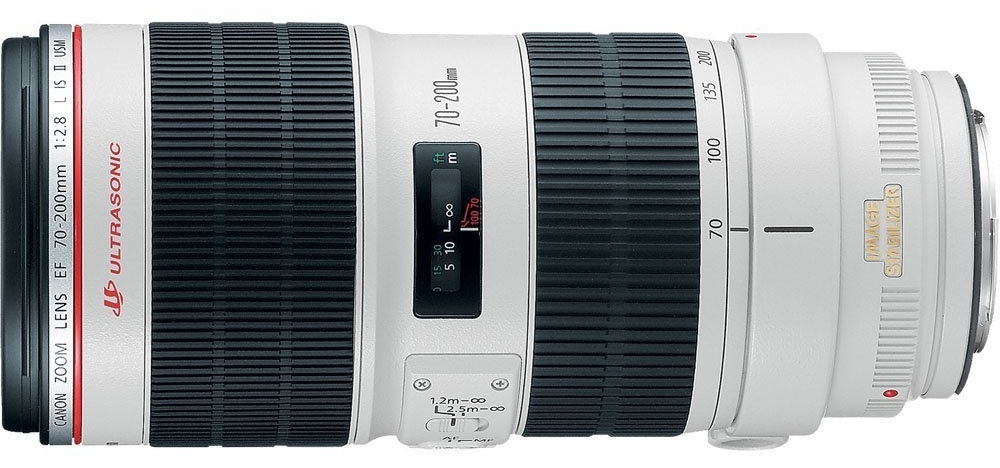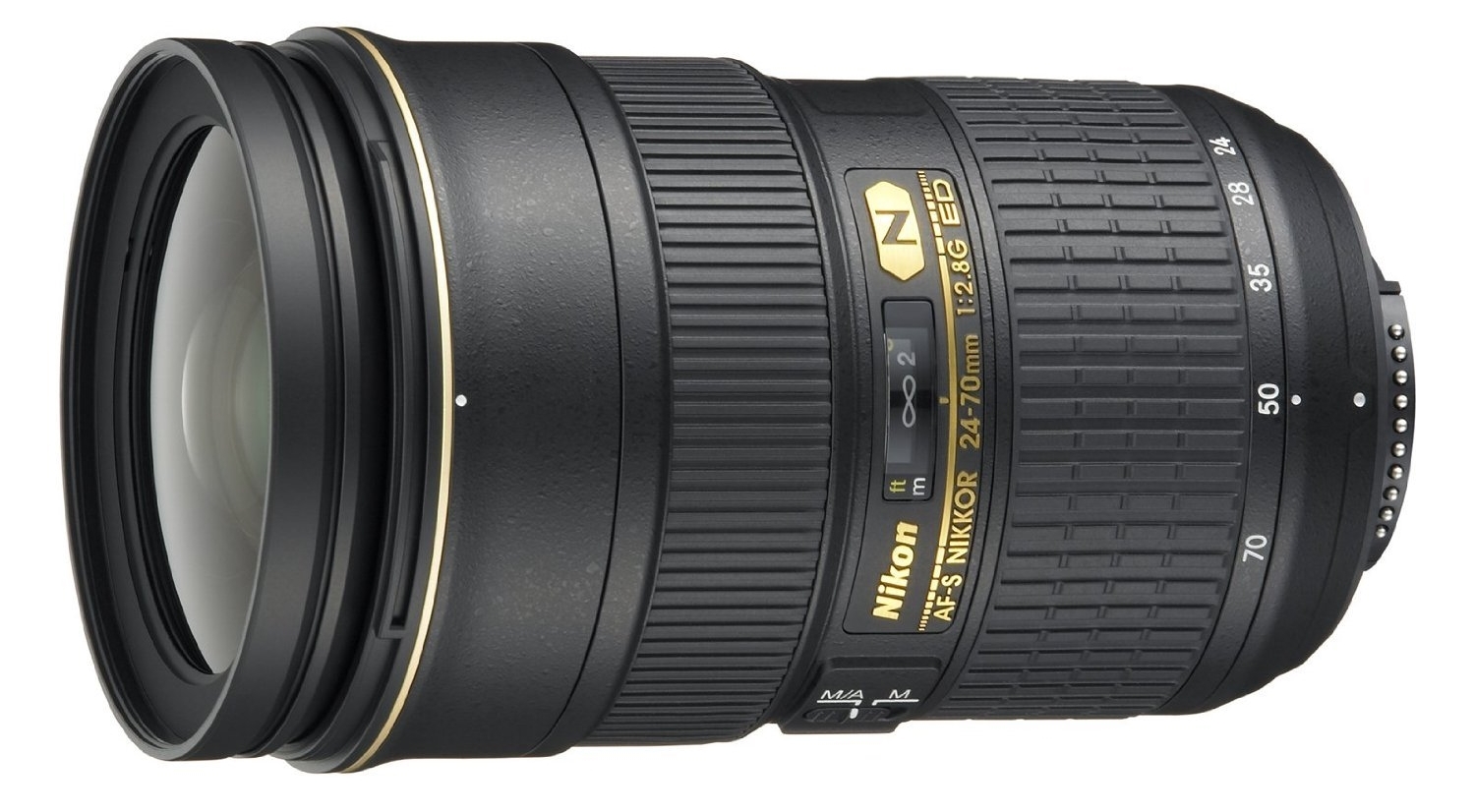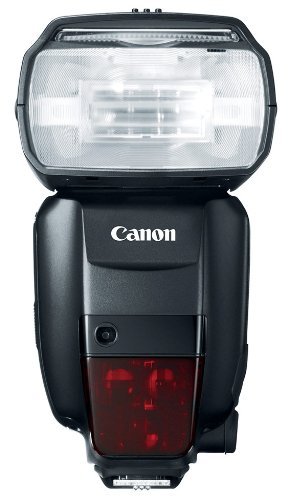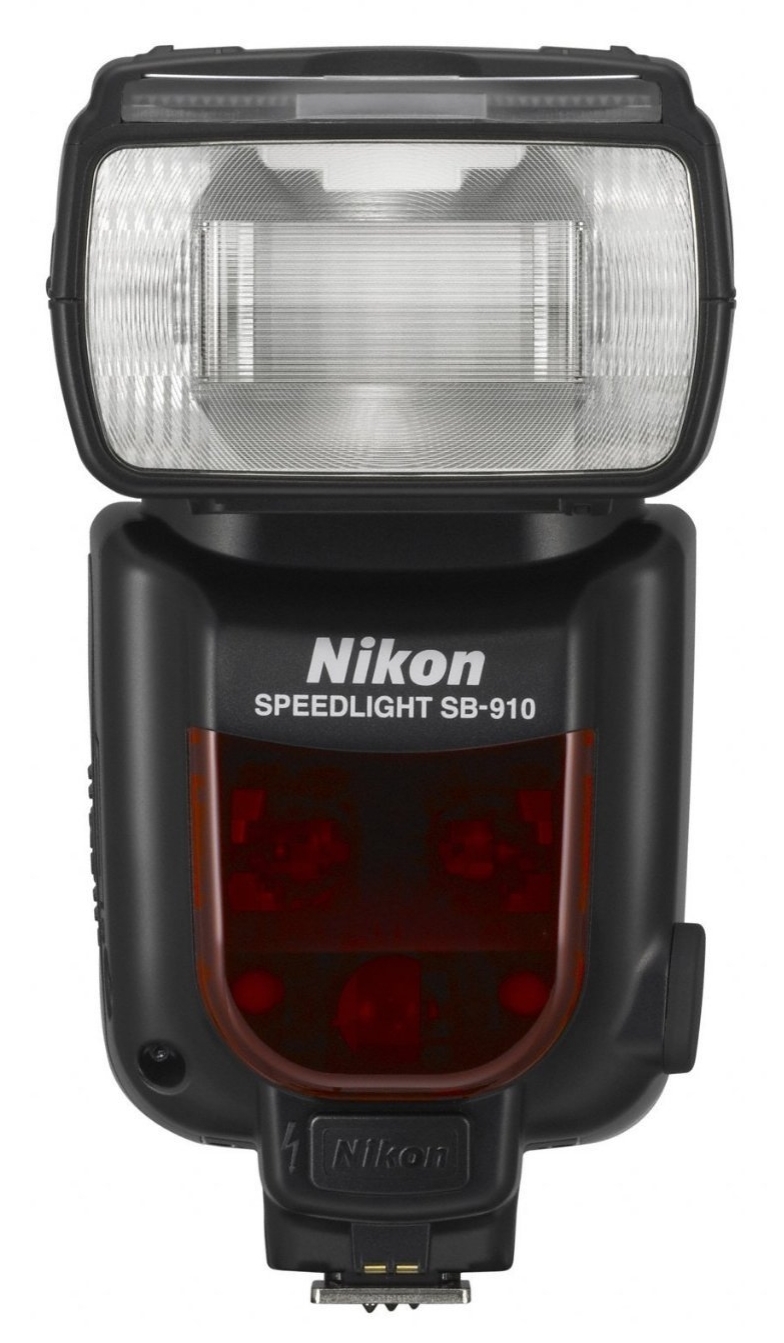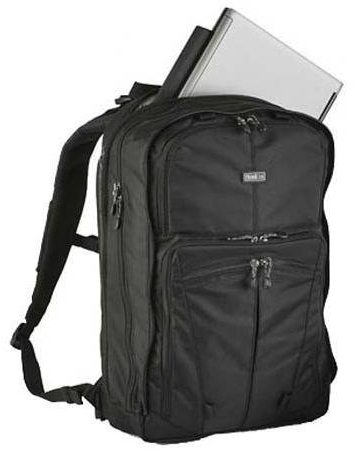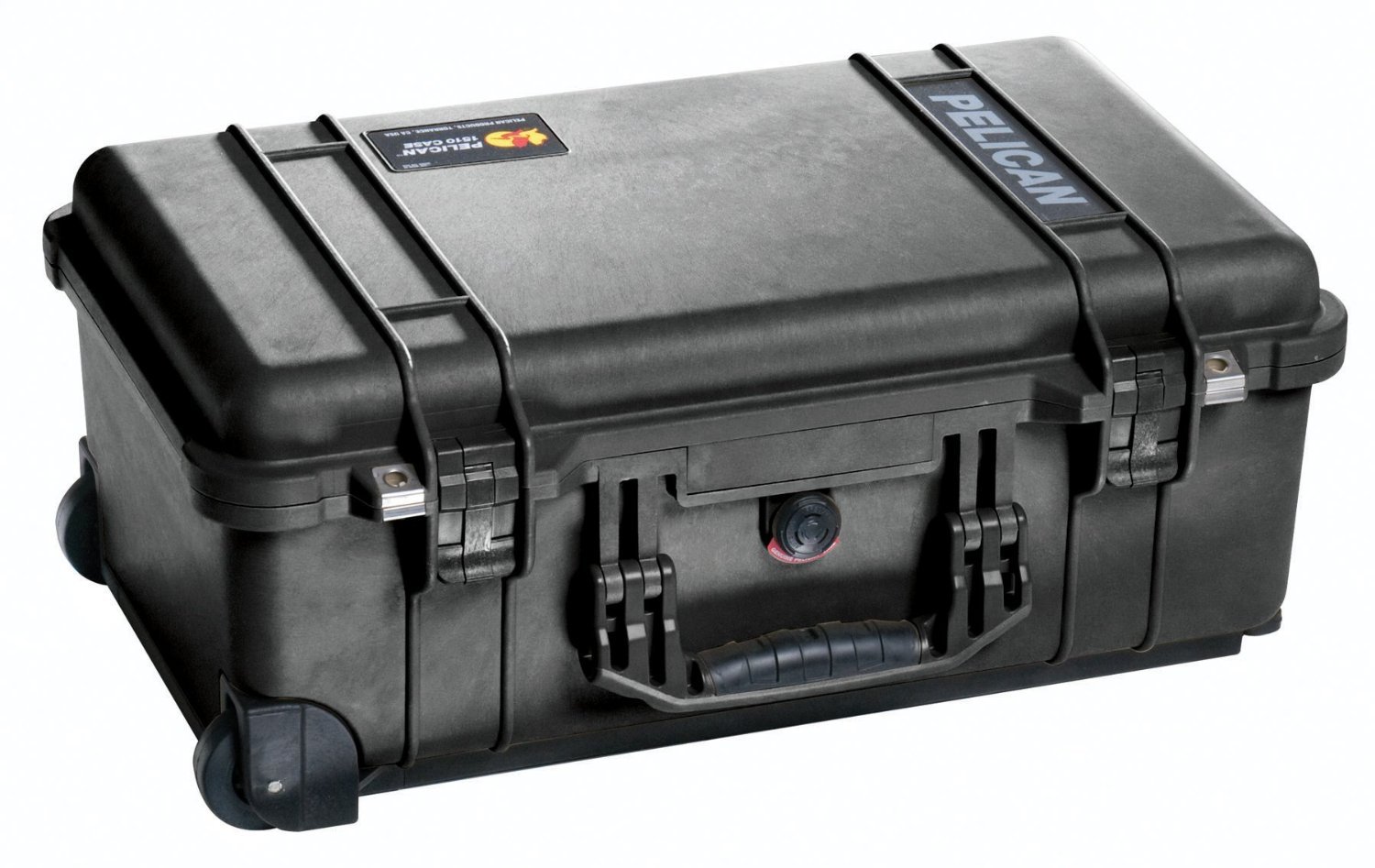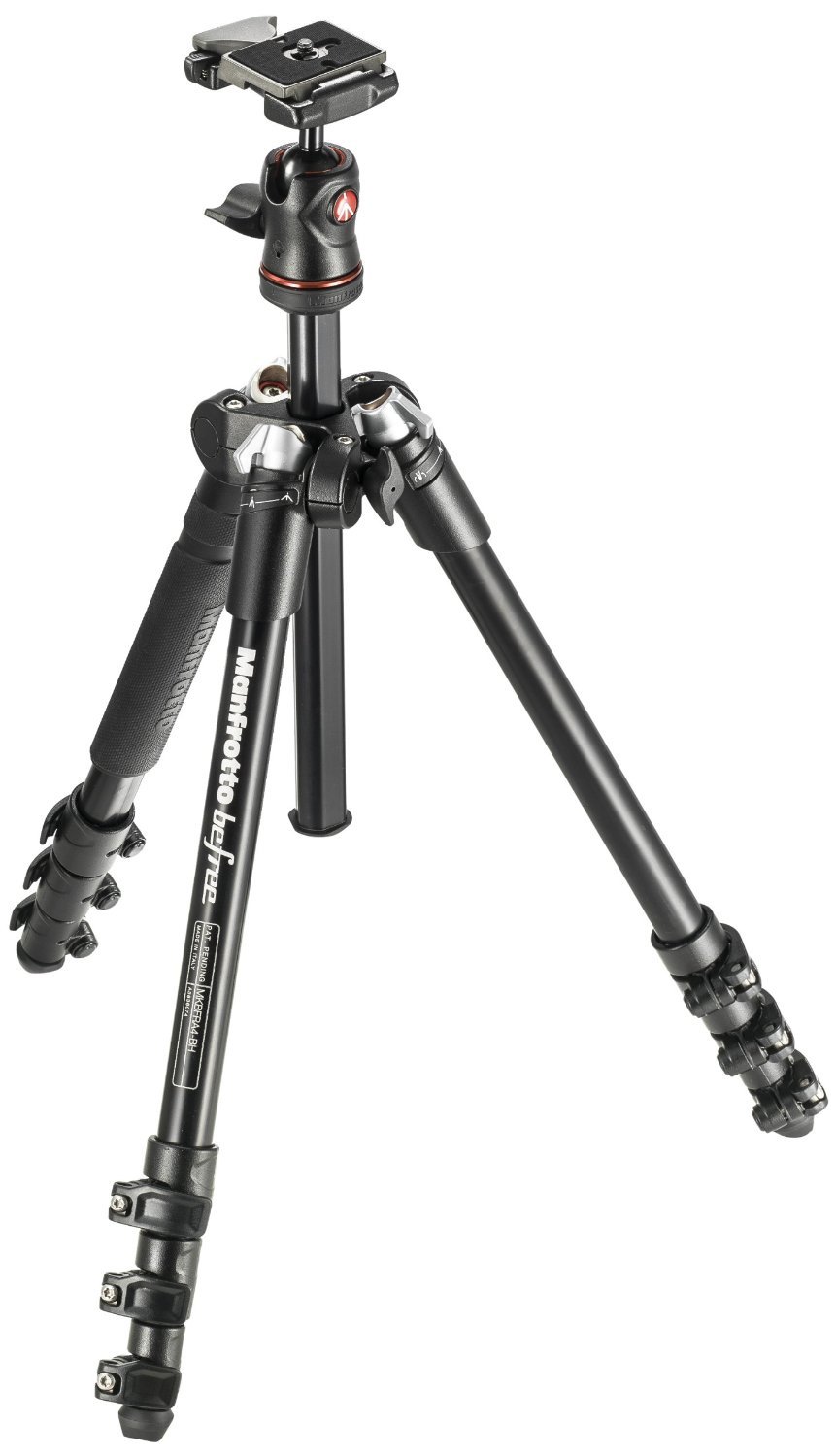I'm always on the look out for photography gear and want new toys to play with. But that comes at a price...typically a hefty price. Like most people, I would love to have a brand new toy where I'm the first to touch and use it but sometimes, I don't mind used items especially if it can save me some money. Yes, it's second hand but think about the few hundred dollars that you're saving. You can put those savings towards other gear you've had your eyes on.
These are a few places you can go to buy used/refurbished gear.
Online Photography Stores
- B&H Photo (Used | Refurbished)
- Adorama (Used | Refurbished)
Online Photography Communities
- FredMiranda — Free to join and buy. Requires membership fee to sell
- Photography-on-the.net aka POTN — Free to join, buy and sell. Requires 30 posts and 30 day membership to see Buy/Sell forum
- Dpreview — Free to join, buy and sell
Other
We all know eBay and is a great place to buy used gear. Craigslist is another good alternative to buy used gear from local sellers and a place for you to see it in person before purchasing. Since transactions are usually done in cash, make sure to meet in a public area that has surveillance and people such as a bank, mall or a police station. It's up to you if you want to bring someone with you as well and definitely bring your camera (if needed) to ensure that the item works properly.
General Tips
You'll have people who are professional photographers to novices. You'll have gear that is babied and looks pristine or those that have taken a beating not from physical abuse but from being used a lot and they value the image more than the gear itself. Majority of the photographers that I've dealt with have a thing called "Gear Acquisition Syndrome". They typically purchase gear, use it for a little bit and sell the item to either fund other gear or to upgrade to the newest and latest thing. Sometimes, the equipment may still be under warranty.
Any purchases that you make from other sellers, ALWAYS get as much detail about the product and actual pictures of the item before purchasing. Do note that any gear that is complete with packaging will tend to be slightly higher in price than and item without the packaging.
Camera Bodies
DSLRs lose their value faster than any other photography equipment. It's kind of like a car. The moment you drive it off the lot, the value depreciates. As the older it gets, the less it is worth. Of course, once a newer model of that camera is rumored, announced or released, the older model drops in price dramatically. This is great for those looking for backups or looking for that specific camera but didn't want to pay the original price tag.
DSLRs do have a lifespan and their shutters are rated for a certain number of clicks. This doesn't mean that your camera will stop completely. It can still work past the rated number of clicks but would eventually need to be replaced. Other than checking the condition, always ask the seller how many actuations are on the shutter and not based on the number that is attached to the image. EOSCount (Canon only), Nikon Shutter Count (Nikon only), Camera Shutter Count, ShutterCounter andMyShutterCount (Nikon only) are to name a few.
Lenses
Even though camera bodies depreciates in value rather quickly, lenses usually do not. The reason for this is because they are built to last a long time and new versions don't come often. Like any item, always ask to see the condition of the item. Scratches on the body of the lens is OK since it is exposed to elements and accidental bumps are unpreventable but the most important thing is to make sure that the lens itself is flawless from dust inside the lens or scratches on the surface of the glass (both front and rear). If you have the ability to check out the lens in person, make sure that the autofocus motor still works well and zoom lenses move smoothly. If it moves freely where the lens is facing down and it automatically extends, it's no good.
Flashes and accessories
When it comes to flashes, they tend to hold in value in the used market fairly well. The drop in price is between a camera body and lenses. They don't drop in price as quick but will drop when a new version is released (which usually isn't often). If you're handy, sometimes you can buy a damaged flash that was dropped and replace the part yourself. Precision Photo and USCamera sells parts.
When it comes to light stands, tripods, camera bags, light modifiers and other items, you can get a pretty decent discounted price on the used market. There are a slew of 3rd party manufacturers and different variations that it pretty much comes down to personal preference and what people are willing to pay for them. They will definitely show signs of use but the most important thing to look for is that they are in working order and there are no rips or tears in the camera bags. From what I've seen with bags that are being sold are either barely used or never used. Most of the time, it's being sold because they've outgrown the bag by acquiring bigger and more lenses.
Refurbished/Reconditioned
Some people don't want refurbished items because it may have been damaged prior, will have damages/scuffs or think that it may have problems down the road. I personally have no problems with refurbished because they are refurbished by the manufacturer whether it be Canon, Nikon, Sony, etc. Sometimes a customer returns a product for a refund without even opening the box or using the item at all. There's nothing wrong with it, but the item can't be sold as new and has to be offered as a refurbished product—often at a deep discount (around 15 to 30 percent).
Other types of reasons products get labeled refurbished include:
- Shipping or exterior damage: Minor scratches or dents to the product during shipment would force a retailer to return it to the manufacturer to be repaired.
- Demo units: Demonstration units used at trade shows, retail stores, or product reviewers may be repackaged as refurbished items.
- Opened box: Technically, there should be no issue and the item is "like new," but the box was simply opened. It may have been used slightly but otherwise works flawlessly.
- Production defects: If a defect in one part is found, manufacturers might repair the returned defective units and sell them or send them to retailers as refurbished units.
Make sure you're looking/getting a factory or certified refurbished. Sometimes places such as eBay or retail stores will have items that are refurbished but by the seller and not by the manufacturer.

